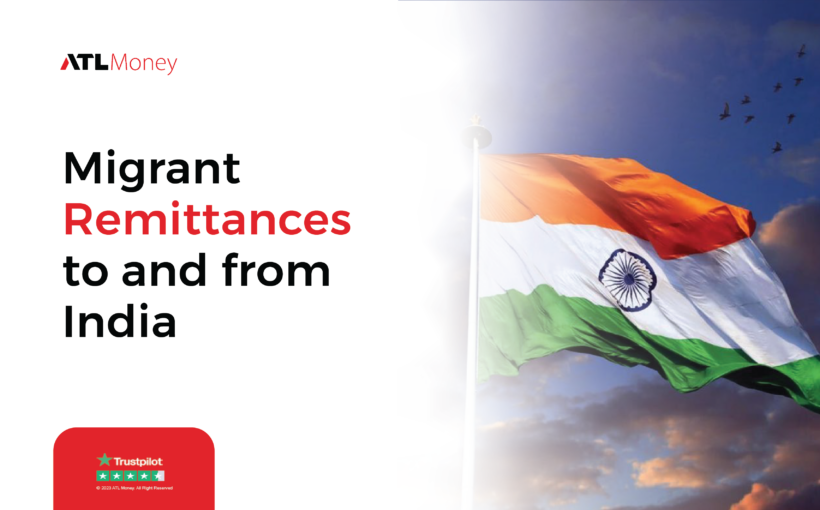Migrant remittances play a crucial role in the global economy, especially for a country like India. India is not only one of the largest recipients of remittances but also a significant sender of funds abroad.
Understanding the dynamics of remittances to and from India provides valuable insights into their economic impact, the methods used, and the challenges involved.
Come on,
India as a Major Recipient of Remittances
India has consistently topped the list of countries receiving the highest remittances globally. India received $125 billion in remittances in 2023, the most in the world, according to the World Bank’s Migration and Development Brief. Comparing this to last year, there has been a 12.3% growth.
Economic Impact
Boost to GDP: Remittances contribute substantially to India’s GDP. They help stabilize the economy by providing a steady flow of foreign currency.
Household Support: Many families in India rely on remittances to cover daily expenses, education, healthcare, and housing. This financial support improves living standards and helps lift many out of poverty.
Regional Development: Remittances often flow to rural areas, promoting regional development. These funds can lead to infrastructure improvements and local business growth.
Key Sources of Remittances to India
The majority of remittances to India come from countries with large Indian expatriate populations, such as:
The United States: With a significant Indian diaspora, the U.S. is a major source of remittances to India.
Gulf Countries: Countries like the UAE, Saudi Arabia, and Qatar employ a large number of Indian workers, who send a substantial portion of their earnings back home.
Europe: The United Kingdom, Germany, and other European nations also contribute significantly to the remittance flow to India.
Methods of Sending Remittances to India
There are various methods to send money to India, each with its own benefits and drawbacks:
Bank Transfers: Direct transfers to Indian bank accounts are common due to their security and reliability.
Money Transfer Operators (MTOs): Services like ATLMoney, MoneyGram, and Ria Money offer fast and convenient transfer options.
Online Transfer Services: Companies like Wise and PayPal provide competitive rates and the convenience of online transactions.
Mobile Wallets: Increasingly popular in India, mobile wallets like Paytm and Google Pay offer easy and quick ways to receive remittances.
India as a Sender of Remittances
While India is a top recipient, it is also a notable sender of remittances. Indian migrants working abroad, especially in the tech and service industries, send money back to their home countries.
Improving the Remittance Experience
To enhance the remittance experience, both for senders and recipients, several measures can be taken:
Reducing Fees: Lowering transaction fees can increase the amount of money that reaches recipients.
Improving Exchange Rates: Offering competitive exchange rates can enhance the value of remittances.
Expanding Financial Access: Increasing access to banking and digital financial services in rural areas can facilitate smoother transactions.
Leveraging Technology: Utilizing digital platforms and mobile banking can streamline the remittance process and make it more accessible.
Conclusion
Migrant remittances to and from India are a vital component of the country’s economy and a lifeline for many families. By understanding the dynamics, challenges, and methods involved in sending and receiving money, stakeholders can work towards improving the remittance experience.
With ongoing advancements in technology and financial services, the future of remittances looks promising, offering even greater benefits for individuals and the economy.
Ready to send money abroad easily? Try ATLMoney for a fast, secure, and cost-effective transfer experience.
